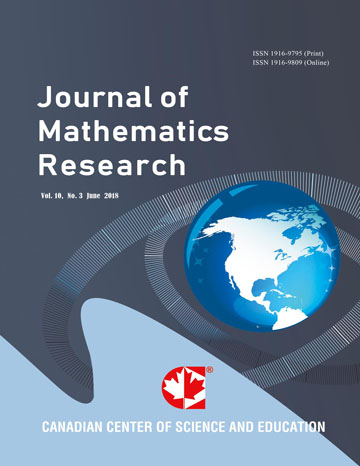Volatility Analysis and Visualization of Climate Data Based on Wavelets
- Meili Liu
- Liwei Wang
- Chun-Te Lee
- Jeng-Eng Lin
Abstract
In this article, we analyze the real meteorological data recorded by Wenzhou Meteorological Bureau from 1951 to 1997. The data has not been used elsewhere and is available at Meteorological Station Wenzhou (ID: CHM00058659) at https://geographic.org/global_weather/china. We perform the time series volatility analysis including ARMA, ARIMA, ARCH-LM, PARCH, SARMA and Morlet wavelet analysis and use the Mann-Kendall (M-K) test to analyze both the trend and mutation defined by statistics sequence. In addition, a Morete wavelet time-frequency model is established to show that both the precipitation and temperature have a very important 12-month cycle and the precipitation is also very unstable. We then employ the STL, coif1 decompositions and NAR model to capture both the volatility and Heteroscedasticity in the data. In addition, the performance of the fitted model has been proven to be satisfactory on actual climate data with the small Mean Square Error (MSE), Root-Mean-Squarred Error (RMSE), and coefficient of determination. Finally, monthly average temperature is added as an exogenous (covariate) variable and a nonlinear autoregressive exogenous model is employed to improve the performance of the model. Our results show that the performance of NARX model is more accurate and stable with better mean square error.
- Full Text:
 PDF
PDF
- DOI:10.5539/jmr.v13n4p50
Index
- ACNP
- Aerospace Database
- BASE (Bielefeld Academic Search Engine)
- Civil Engineering Abstracts
- CNKI Scholar
- DTU Library
- EconPapers
- Elektronische Zeitschriftenbibliothek (EZB)
- EuroPub Database
- Google Scholar
- Harvard Library
- IDEAS
- Infotrieve
- JournalTOCs
- MathGuide
- MathSciNet
- Open policy finder
- RePEc
- ResearchGate
- Scilit
- Technische Informationsbibliothek (TIB)
- The Keepers Registry
- UCR Library
- Universe Digital Library
- WorldCat
Contact
- Sophia WangEditorial Assistant
- jmr@ccsenet.org
